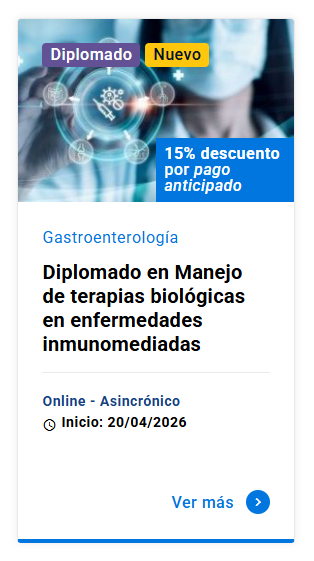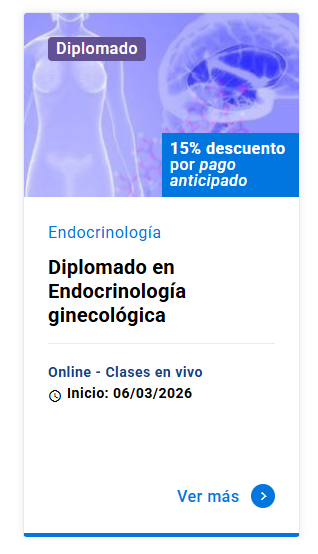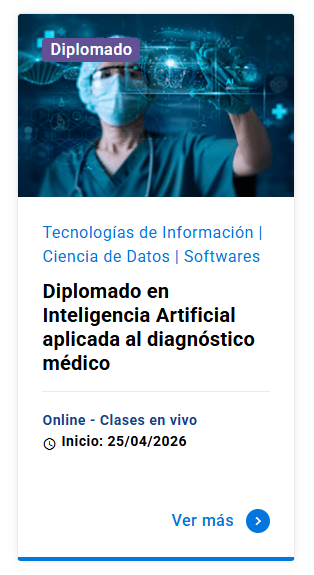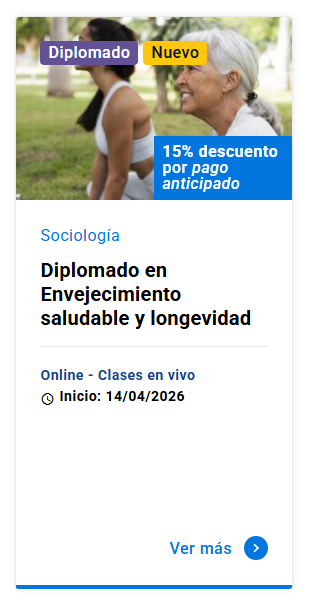Intoxicación por litio: una indicación no renal de hemodiálisis
DOI:
https://doi.org/10.11565/arsmed.v50i2.2102Palabras clave:
litio, hemodiálisis, temblor, bradicardia, demencia, hiperreflexiaResumen
Reportamos el caso de una paciente de sexo femenino de 70 años que ingresa al hospital por síntomas neurológicos asociados a intoxicación por litio con una litemia de 2,6 mEq/L. La paciente pese a la suspensión del fármaco e infusión de cristaloides persistió con temblor, somnolencia y desorientación por lo que finalmente se optó por la terapia extracorpórea, hemodiálisis intermitente, para remover el litio del organismo y sus compartimentos
Descargas
Citas
Alexander MP, Farag YM, Mittal BV, Rennke HG, Singh AK (2008). Lithium toxicity: a double-edged sword. Kidney international 73(2), 233-237. https://doi.org/10.1038/sj.ki.5002578 DOI: https://doi.org/10.1038/sj.ki.5002578
Berk M, Cowdery S, Williams L, Malhi GS (2017). Recalibrating the risks and benefits of lithium therapy. The British journal of psychiatry: the journal of mental science 211(1), 1-2. https://doi.org/10.1192/bjp.bp.116.193789 DOI: https://doi.org/10.1192/bjp.bp.116.193789
Buckley NA, Cheng S, Isoardi K, Chiew AL, Siu W, Vecellio E, Chan BS. (2020). Haemodialysis for lithium poisoning: Translating EXTRIP recommendations into practical guidelines. British journal of clinical pharmacology 86(5), 999-1006. https://doi.org/10.1111/bcp.14212 DOI: https://doi.org/10.1111/bcp.14212
Clendeninn NJ, Pond SM, Kaysen G, Barraza JJ, Farrell T, Becker CE (1982). Potential pitfalls in the evaluation of the usefulness of hemodialysis for the removal of lithium. Journal of Toxicology: Clinical Toxicology 19(4), 341-352. https://doi.org/10.3109/155636582089924 DOI: https://doi.org/10.3109/15563658208992488
Decker BS, Goldfarb DS, Dargan Pl, Friesen M, Gosselin S, Hoffman RS, Lavergne V, Nolin TD, Ghannoum M, EXTRIP Workgroup. (2015). Extracorporeal Treatment for Lithium Poisoning: Systematic Review and Recommendations from the EXTRIP Workgroup. Clinical journal of the American Society of Nephrology: CJASN 10(5), 875-887.https://doi.org/10.2215/CJN.10021014 DOI: https://doi.org/10.2215/CJN.10021014
Farouji A, Battah A, Ahmad AS, Farouji I, Miller R (2023). A Unique Case of the Syndrome of Irreversible Lithium-Effectuated Neurotoxicity (SILENT) Presenting With Multiple Neurological Sequelae. Cureus 15(4), e38102. https://doi.org/10.7759/cureus.38102 DOI: https://doi.org/10.7759/cureus.38102
Grünfeld JP & Rossier BC (2009). Lithium nephrotoxicity revisited. Nature reviews. Nephrology 5(5), 270-276. https://doi.org/10.1038/nrneph.2009.43 DOI: https://doi.org/10.1038/nrneph.2009.43
Malhi GS & Berk M (2012). Is the safety of lithium no longer in the balance? Lancet (London, England) 379(9817), 690-692. https://doi.org/10.1016/S0140-6736(11)61703-0 DOI: https://doi.org/10.1016/S0140-6736(11)61703-0
Mullins ME & Kraut JA. (2022). The Role of the Nephrologist in Management of Poisoning and Intoxication: Core Curriculum 2022. American journal of kidney diseases: the official journal of the National Kidney Foundation 79(6), 877-889. https://doi.org/10.1053/j.ajkd.2021.06.030 DOI: https://doi.org/10.1053/j.ajkd.2021.06.030
Okusa MD & Crystal LJ (1994). Clinical manifestations and management of acute lithium intoxication. The American journal of medicine 97(4), 383-389. https://doi.org/10.1016/0002-9343(94)90308-5 DOI: https://doi.org/10.1016/0002-9343(94)90308-5
Yatham LN, Kennedy SH, Parikh SV, Schaffer A, Bond DJ, Frey BN, Sharma V, Goldstein BI, Rej S, Beaulieu S, Alda M, MacQueen G, Milev RV, Ravindran A, O'Donovan C, McIntosh D, Lam RW, Vazquez G, Kapczinski F, Mcintyre RS,... Berk M. (2018). Canadian Network for Mood and Anxiety Treatments (CANMAT) and International Society for Bipolar Disorders (ISBD) guidelines for the management of patients with bipolar disorder. Bipolar Disorders 20(2), 97-170. https://doi.org/10.1111/bdi.1 DOI: https://doi.org/10.1111/bdi.12609
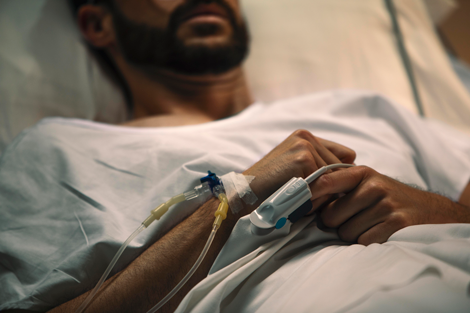
Descargas
Publicado
Cómo citar
Licencia
Derechos de autor 2025 Alvaro Medina-Pedraza, Rodrigo Tagle-Vargas

Esta obra está bajo una licencia internacional Creative Commons Atribución-CompartirIgual 4.0.
Los autores/as conservan sus derechos de autor y garantizan a la revista el derecho de primera publicación de su obra, la que estará simultáneamente sujeta a la Licencia CC BY-SA 4.0 (Ver declaración de Acceso Abierto).




